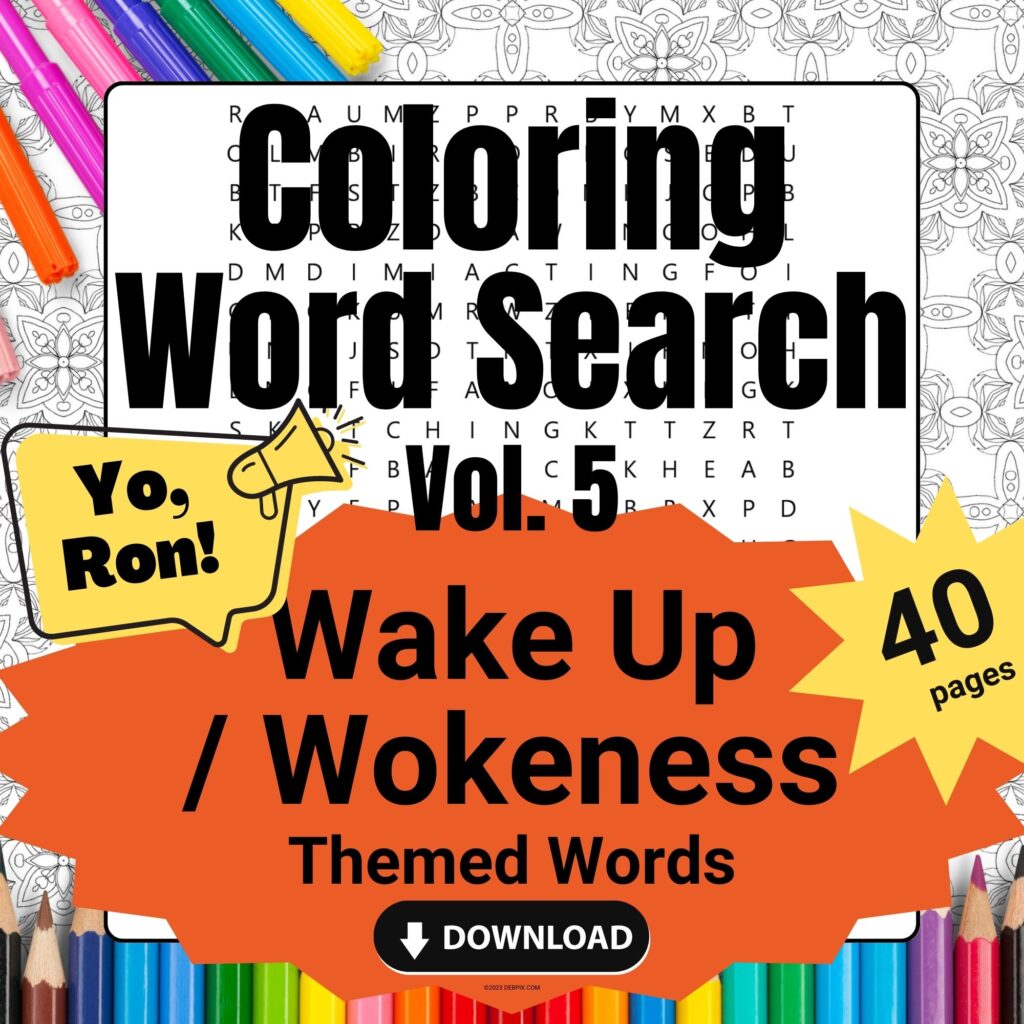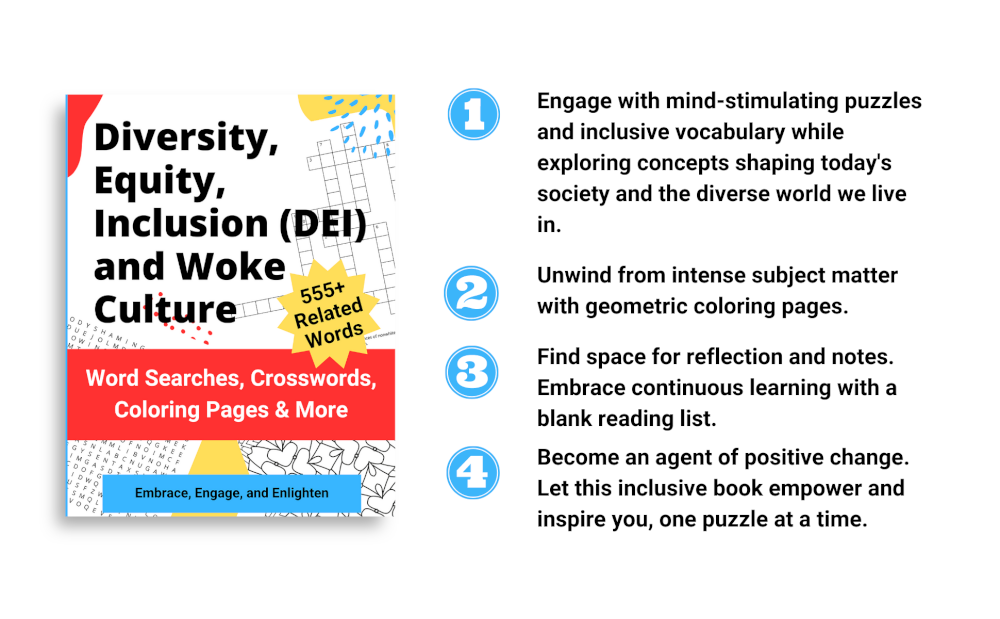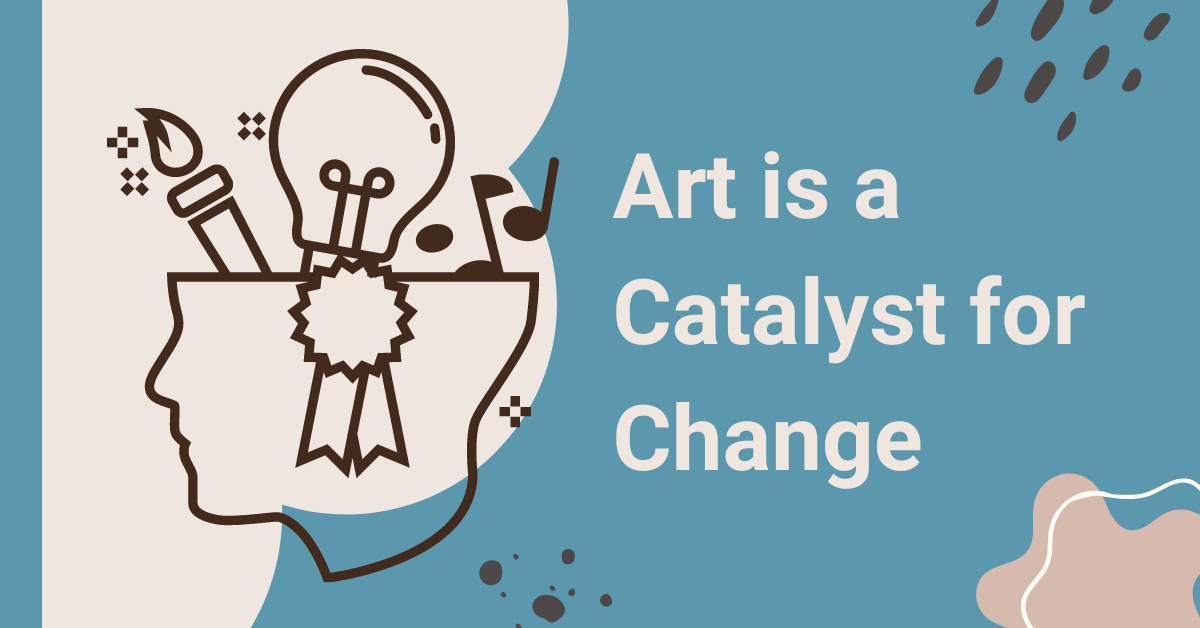Catalyst for Change
The Connection
Hey there, fellow art enthusiasts and advocates for a better world! This post deviates a little from my typical and mainly because while I’ve been trying, I can’t continue to suppress my position as a creative who believes in the transformative power of purposeful, political, and thought-provoking art. Most people don’t like to discuss politics or reveal their positions on issues, especially if it has the potential to impact their relationships and livelihood. I’ve tried to be silent, but I have to be true to myself and my brand. Let’s explore uniting politics, culture, and creative expression.

As you explore my photography, art, and design, you’ll notice that much of my style gives nods to the past, but it’s not apparent that my views are firmly rooted in progressivism. I’m deeply passionate about current events, societal issues, allyship with marginalized communities, and so much more. Let’s delve into the link between art, artists, politics, and culture — a connection that drives my life and creative journey.
Art is not simply a form of decoration or entertainment; it is a conduit through which we can challenge the world around us, spark conversations, and advocate for positive change. Throughout history, art has served as a mirror reflecting the political and cultural climate of its time. It has the incredible ability to capture the essence of society, serving as a powerful commentary on its triumphs, struggles, and shortcomings. By creating some art that embraces social and political themes, I aim not only to make people think but also to educate and inspire action.
In the coming days, I will be publishing a special book on Amazon that I hope will help achieve some of this. This post will be updated with the link when it goes live.*
Critics may argue that art and politics should remain separate, that the two realms do not overlap. However, I believe that such a separation is an artificial construct. Art and politics have always been intertwined, with each influencing and shaping the other. Artists throughout the ages have used their creativity as a tool to challenge the status quo, question oppressive systems, and shed light on marginalized voices. Art serves as a means to expose truths, highlight injustices, and envision a more inclusive and just future.
My creative journey is a fusion of the past and the present — a celebration of artistic heritage while advocating for progressive ideals. I draw inspiration from the art of yesteryears, appreciating the techniques, themes, and narratives that have shaped our cultural landscape. However, my passion lies in addressing contemporary issues and engaging with the urgent challenges of our time. I firmly believe that art should evolve with society, actively responding to the political and cultural developments that shape our world.
Through some of my art, I aim to challenge societal norms, broaden perspectives, and foster empathy. Art serves as a bridge between cultures, giving voice to those often unheard or overlooked. It is a powerful tool to dismantle prejudices, inspire dialogue, and encourage positive social change.
Briefly, here are seven ways art is often a catalyst for change:
1. Reflection of Society
Art often serves as a mirror of society, capturing the prevailing political and cultural climate. Artists draw inspiration from the world around us, observing and depicting social issues, political events, and cultural values through our work. Art can offer insights, challenge norms, and provoke conversations about the pressing topics of a given time.
2. Social Commentary
Artists frequently use our work as a platform to engage with political and cultural issues. Whether through paintings, sculptures, literature, music, or other mediums, we can express our perspectives, beliefs, and critiques. Art has the power to raise awareness, challenge dominant narratives, and amplify marginalized voices, sparking meaningful discussions and promoting social change.
3. Cultural Identity and Heritage
Art plays a crucial role in preserving and promoting cultural identity and heritage. Artists often draw on our cultural roots, traditions, and historical narratives to create works that celebrate and reflect our heritage. By doing so, we contribute to the cultural fabric of our society, fostering a sense of belonging and promoting cultural diversity.
4. Shaping Political Discourse
Artists have the ability to shape political discourse by offering alternative viewpoints and narratives. Through our creative expression, we can challenge power structures, question authority, and advocate for social justice. Art has historically played a vital role in movements for civil rights, gender equality, and other political causes, serving as a catalyst for change.
5. Influence on Public Opinion
Art has the capacity to sway public opinion and evoke emotional responses. Artists often create works that evoke empathy, compassion, or anger, aiming to generate a deeper understanding of political and cultural issues. By appealing to people’s emotions, art can mobilize individuals, raise awareness, and encourage active engagement with political and social matters.
6. Artists as Activists
Many artists assume the role of activists, using our platforms and influence to effect change. We may organize protests, engage in community initiatives, or collaborate with advocacy groups. By combining our artistic skills with our political convictions, artists can become powerful agents of social transformation.
7. Cultural Diplomacy
Art and artists also play a significant role in cultural diplomacy, representing our countries and communities on the global stage. Cultural exchange programs, international exhibitions, and artistic collaborations foster mutual understanding and bridge cultural gaps, contributing to peaceful dialogue and cooperation among nations.
Conclusion
Let’s embrace the inherent link between art, artists, politics, and culture. In these challenging times, the world needs artists who are unafraid to engage with politics and culture. Let’s fearlessly navigate these realms, wielding our creative platforms to provoke thought, challenge norms, and advocate for a more inclusive and equitable world.
Especially in today’s culture wars and “anti-woke” climate. Such backlash has real consequences and impacts on the lives of real people and a particular political and distorted religious ideology in this country relishes such impacts. Together, let’s create art that not only captivates the senses but also challenges minds, shapes discourse, counters evil narratives, and ignites positive change.
*7/22/2023 update:



